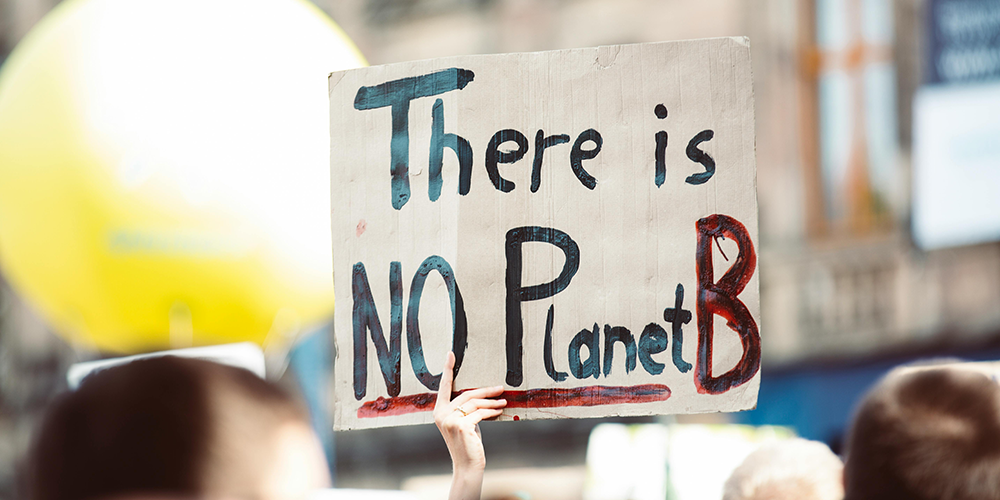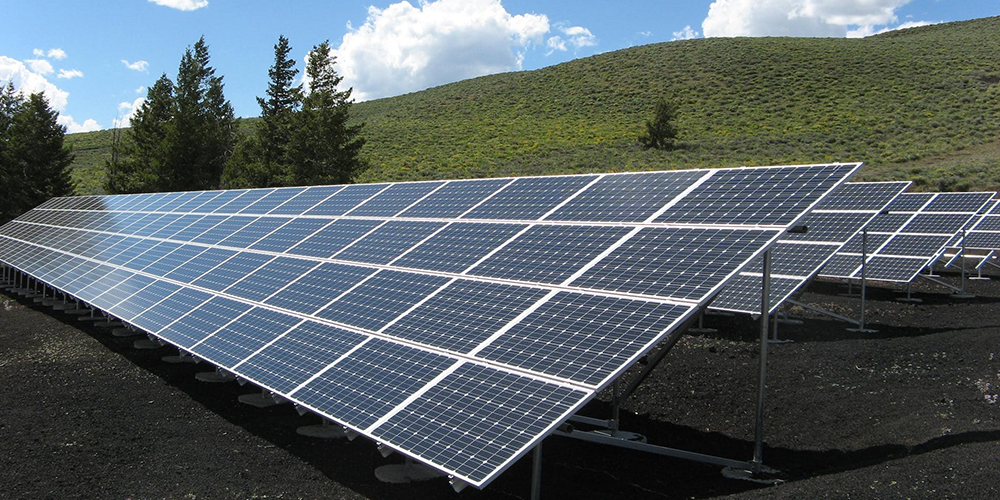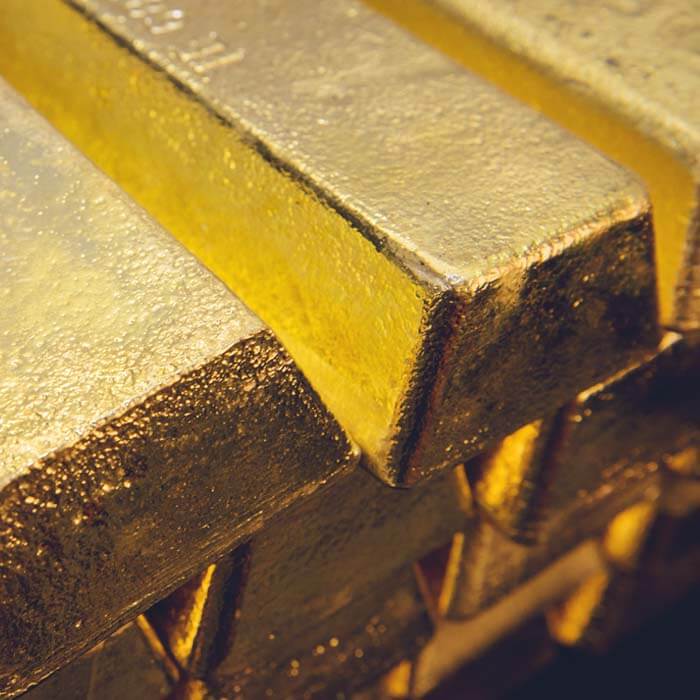Six Key Factors Influencing Precious Metal Prices: Current Trends and Future Outlook
The Royal Mint
Category: Invest
Updated November 2023
The global market for precious metals, encompassing gold, silver, platinum and others, is a complex and dynamic arena influenced by a variety of factors. These metals hold significant value in various sectors, ranging from jewellery and industry to finance, often acting as a barometer for economic health as well as investor and collector sentiment. To be a successful investor, it is crucial to understand the factors that affect the prices of these metals and the broader market activity. This article explores the key elements that are currently shaping the precious metals market, providing important insights into what the future may hold.
![Web Desktop Hero Banner [1600×800] 24.png](/globalassets/bullion/_new_structure/discover-bullion/guides/six-key-factors-influencing-precious-metal-prices-current-trends-and-future-outlook/hero-web-banner-1600-x-800px-3.png)
Factor 1: Economic Indicators
- Global Economic Health
The price of precious metals is closely tied to the health of the global economy. This is because, in times of economic growth, people tend to invest more in stocks, shares and other assets which some may class as riskier, which can result in a decrease in precious metal investments. However, during economic downturns, precious metals are often seen as a safe-haven asset and their demand increases as a result. To predict the future trajectory of precious metal prices, it is helpful to monitor global economic indicators such as GDP growth rates and employment figures, as well as other measures such as consumer spending patterns.
- Interest Rates and Monetary Policies
Central banks play a crucial role in shaping the prices of precious metals through their monetary policies and interest rate decisions. As a result, many investors closely monitor these policies as a benchmark for wider market activity. Low interest rates generally make bonds and savings accounts less attractive, which leads investors to turn to metals like gold and silver. Conversely, when interest rates rise, investors tend to move away from precious metals. Therefore, keeping track of the policies of major central banks, such as the Federal Reserve, the Bank of England and the European Central Bank is essential for predicting market movements in precious metals. Industry reports and publications from organisations like the World Gold Council often provide in-depth analysis of the purchasing and selling activities of central banks, which can be a useful resource for those interested in exploring this area further.
- Inflation Trends
Precious metals are often seen as hedges against inflation because when fiat currencies lose value due to rising inflation, precious metals typically hold their value or even appreciate. Tracking inflation trends across major economies can be a strong indicator of where precious metal prices are headed in the months ahead.
![Web Desktop Hero Banner [1600×800] 24.png](/globalassets/bullion/_new_structure/discover-bullion/guides/six-key-factors-influencing-precious-metal-prices-current-trends-and-future-outlook/secondary-web-banner-1000-x-500px-3.png)
Factor 2: Political and Geopolitical Factors
- Political Stability
The stability of major political powers, governments and regions around the world can have a significant impact on the prices of precious metals. Political uncertainties or upheavals in countries with significant influence on the global economy can lead to increased investment in precious metals as a safe-haven asset. Market analysts closely watch elections, policy shifts, and regulatory changes in these countries for their potential impact on the precious metal market.
- Geopolitical Tensions
Geopolitical tensions, especially involving countries that are major players in the precious metal market, can also cause significant fluctuations in prices impacting supply, demand and price as a result. International conflicts, trade disputes, sanctions, or military conflicts can disrupt supply chains or create uncertainty, driving investors towards the perceived safety of precious metals as a result.
- Trade Policies and Sanctions
Trade policies, including tariffs, trade agreements, and sanctions, can directly or indirectly impact the precious metal market, causing uncertainty or disruption to the wider market. Sanctions on a major producer or exporter of these metals can constrict supply, leading to price increases. Similarly, trade agreements that ease the movement of these commodities can lead to price adjustments based on altered supply dynamics.

Factor 3: Supply and Demand Dynamics
- Mining and Production Rates
The availability and pricing of precious metals are influenced by various factors such as mining and production rates, technological advancements in the industry, accessibility of resources, mining technologies and geopolitical stability in producing regions. These factors play a crucial role in determining the supply of these metals.
Production rates can fluctuate due to operational challenges or geopolitical tensions in mining regions. This can lead to varying supply levels, where a decrease in production can cause shortages and price hikes, while an increase can lead to oversupply, potentially causing price drops.
More recently, advancements in mining and metal refining technologies are changing the supply landscape of precious metals and innovations that enhance mining efficiency or facilitate the extraction of metals from previously nonviable sources can significantly boost supply. Keeping a close eye on the latest developments in mining technology is vital for understanding and predicting future supply trends.
- Market Demand Trends
The demand for precious metals is influenced by various sectors, such as jewellery, industrial applications and investment. Changes in any of these sectors can affect the prices. For instance, an increase in demand for electronics, which often use silver and gold, can lead to a rise in prices. Similarly, shifts in fashion trends or economic conditions that impact the jewellery market can also influence the demand and prices. As mentioned earlier, The World Gold Council produces a 'Gold Demand Trends' report regularly, which outlines the key areas of supply, demand, and trends in the precious metals market.

Factor 4: Investment Market Trends
- Investor Behaviour
Investor sentiment and behaviour, such as market volatility, global economic outlook and currency strength can influence investors’ preference for precious metals and play a critical role in precious metal prices as a result. A trend towards risk aversion typically sees an increase in precious metal investments, while confidence in the economy might see a shift towards other asset classes.
- Role of ETFs and Other Investment Vehicles
Investors who want to invest in precious metals have various options available to them. Exchange-traded funds (ETFs) and other investment vehicles that focus on precious metals offer an accessible way for investors to gain exposure to these commodities. These funds hold a certain amount of metal whose fluctuations can impact market supply and demand dynamics, and in turn, prices. Hence, tracking the inflows and outflows of these funds can be a crucial indicator of investor sentiment towards precious metals. For those looking to start trading in precious metals, digital precious metals can be an alternative route. DigiGold from The Royal Mint is one such option, which provides a convenient way to buy, store, or sell gold, silver, or platinum.

Factor 5: Environmental and Social Considerations
- Sustainable Mining Practices
The growing emphasis on environmental sustainability is influencing the precious metals industry. Stricter environmental regulations and a push for more sustainable mining practices can restrict supply, leading to higher prices. Conversely, breakthroughs in eco-friendly mining and recycling technologies can increase supply and potentially lower prices. A notable example is The Royal Mint, which is setting new standards in sustainable precious metals. Their initiatives include recovering gold from electronic waste for use in jewellery and recycling surplus gold from bullion coins into investment bars. These efforts highlight a significant shift towards reducing reliance on mined metals and promoting a circular economy in the precious metals market.
- Social Responsibility in Mining
The social impact of mining operations, including community relations and worker rights, is increasingly under scrutiny, especially in developing nations and economies. Negative social implications can lead to operational disruptions or stricter regulations, impacting supply and market perception. Positive social initiatives on the other hand can enhance a company’s reputation and market value as a result.
- Climate Change Effects
Climate change poses long-term challenges and opportunities for the precious metals market. The impact of climate change on mining operations, resource availability and new uses for these metals in green technologies are areas to watch. The industry's adaptation to these changes will play a crucial role in shaping future supply and demand dynamics in the years and decades ahead.

Factor 6: Future Trends and Predictions
- Technological Innovations
Advances in technology, both in terms of mining and application, are set to redefine the precious metals market. Innovations in areas like battery technology, renewable energy and electronics can increase demand for certain metals, most notably PGM (platinum group metals) as well as silver which is used extensively in solar panels. Keeping abreast of technological trends is crucial for understanding future market directions.
- Economic Forecasts
Economic forecasting offers insights into long-term trends in the precious metals market. Predictions based on current economic data, technological advancements and geopolitical scenarios can help in anticipating future price movements. Whilst this may be a difficult area to understand for those new to precious metals markets and wider-investment trends, many commentators report on economic trends in an accessible and easy-to-understand way.
Potential Risks and Opportunities
Identifying potential risks and opportunities is vital for anyone involved in the precious metals market as assessing potential economic crises and evolving investment trends can be important in shaping your investment portfolio. Understanding these factors is key to navigating the future of the precious metals market and whilst keeping up to date with the latest developments can be difficult, organisations such as The Royal Mint offer reports on industry news, market developments and price changes, and is specifically tailored towards precious metals investors.
Conclusion
The market for precious metals is influenced by a variety of factors, including economic indicators, political and geopolitical factors, supply and demand dynamics, investment trends and environmental and social considerations. It is crucial for investors, industry stakeholders and policymakers to closely monitor these factors because by understanding these key influences, one can gain insights into current market trends and make informed predictions about the future of precious metals.
It's essential to remember that while many factors influence the market, there are numerous sources of information available to help investors navigate this complex arena. Industry updates from The Royal Mint, amongst others, are an excellent resource for staying up to date on the latest developments.
As we move through an ever-changing global landscape, the precious metals market remains a fascinating and critical component of the world economy. Staying informed about developments and updates can be both interesting and rewarding.
The contents of this article, accurate at the time of publishing, are for general information purposes only, and do not constitute investment, pensions, legal, tax, or any other advice. Before making any investment or financial decision, you may wish to seek advice from your financial, pensions, legal, tax and/or accounting advisors.





